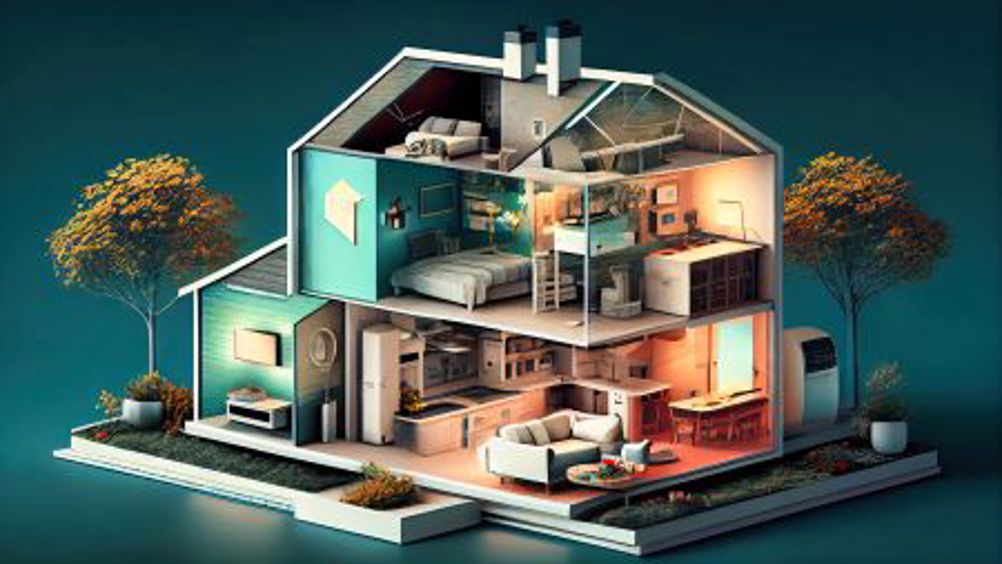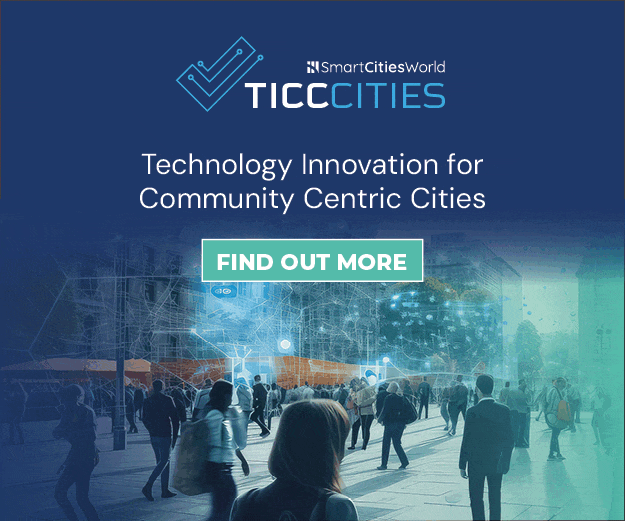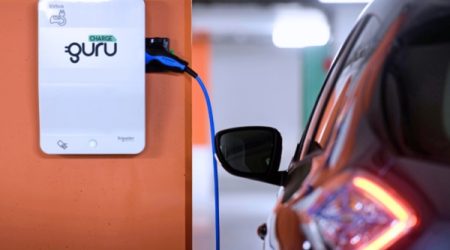Key Takeaways
- AI is enhancing smart home technologies, making them more intuitive and interconnected.
- The European smart home market is expected to grow from $22.1 billion in 2024 to nearly $30 billion by 2029.
- New cybersecurity regulations, including the EU Cyber Resilience Act, aim to address vulnerabilities in IoT devices.
Advancements in Smart Home Technology
The landscape of smart homes is evolving significantly, propelled by the integration of AI and the Internet of Things (IoT). These technologies enable devices to learn user preferences and provide a more personalized experience. Voice-activated personal assistants are now more responsive, capable of understanding complex commands influenced by contextual factors such as location and environmental sounds.
The European smart home market reached a valuation of $22.1 billion in 2024 and is projected to grow to nearly $30 billion by 2029. A major factor driving this growth is the push for interoperability among devices, creating a seamless ecosystem rather than relying on isolated products. Consumers increasingly prefer cohesive systems managed through centralized applications, eliminating the need for multiple platforms.
Products like AI-powered cameras, smart locks, and energy management systems are gaining popularity as they enhance home security and optimize energy use. The integration of smart home technology with other systems, such as smart grids and wearables, is transforming homes into extensions of users’ lifestyles.
Despite advancements, cybersecurity remains a pressing concern, with approximately 80% of IoT devices vulnerable to various cyber threats. The EU Cyber Resilience Act aims to mitigate these risks by ensuring that all digitally connected products comply with strict security protocols by 2027. This regulation encourages manufacturers to prioritize security in device development.
Moving forward, innovations in AI and machine learning promise to further elevate the smart home experience, enabling homes to adapt intuitively to users’ needs. As the landscape becomes more dynamic, the importance of cybersecurity and interoperability will remain critical to the future of smart living.
The content above is a summary. For more details, see the source article.















